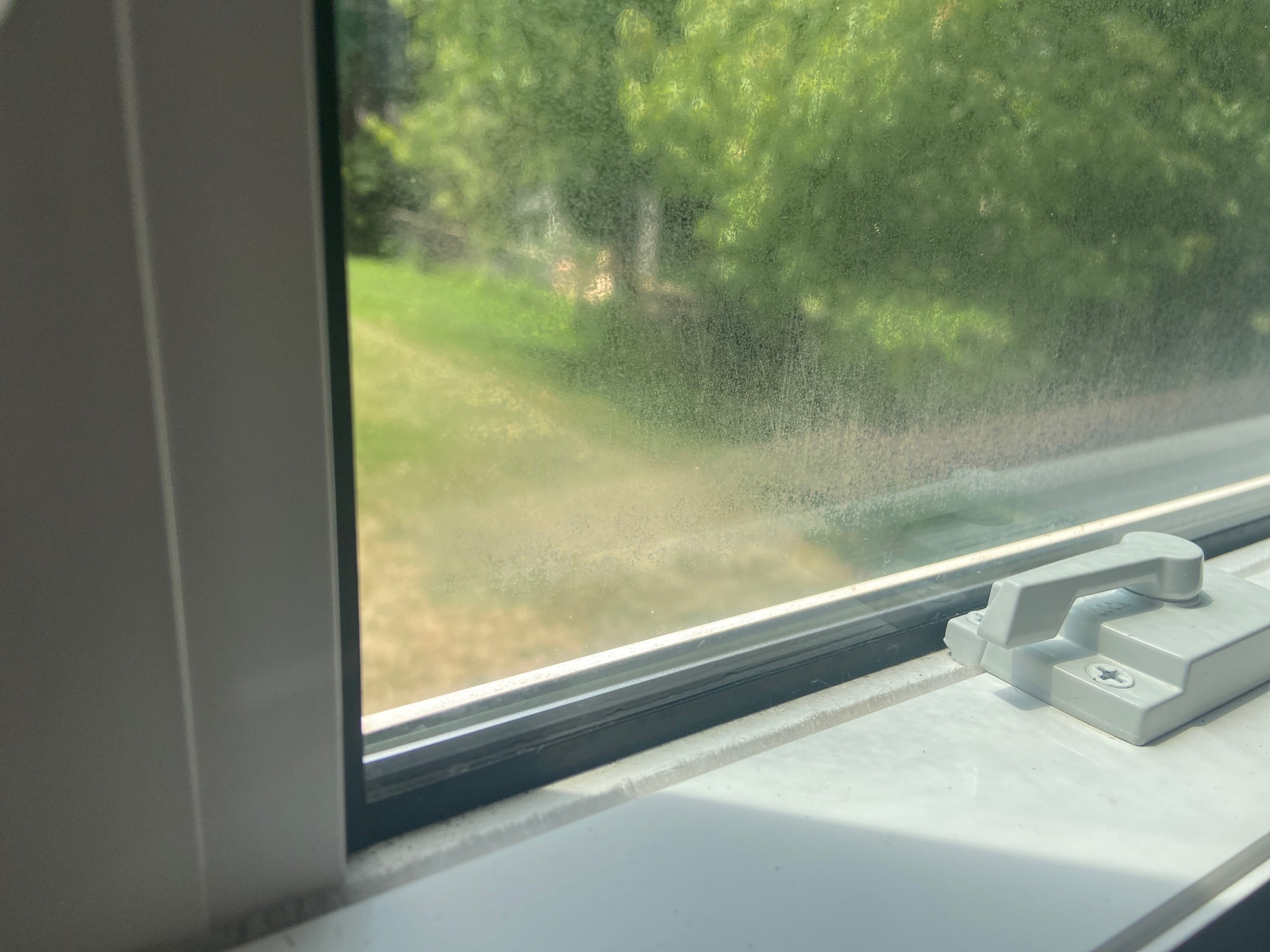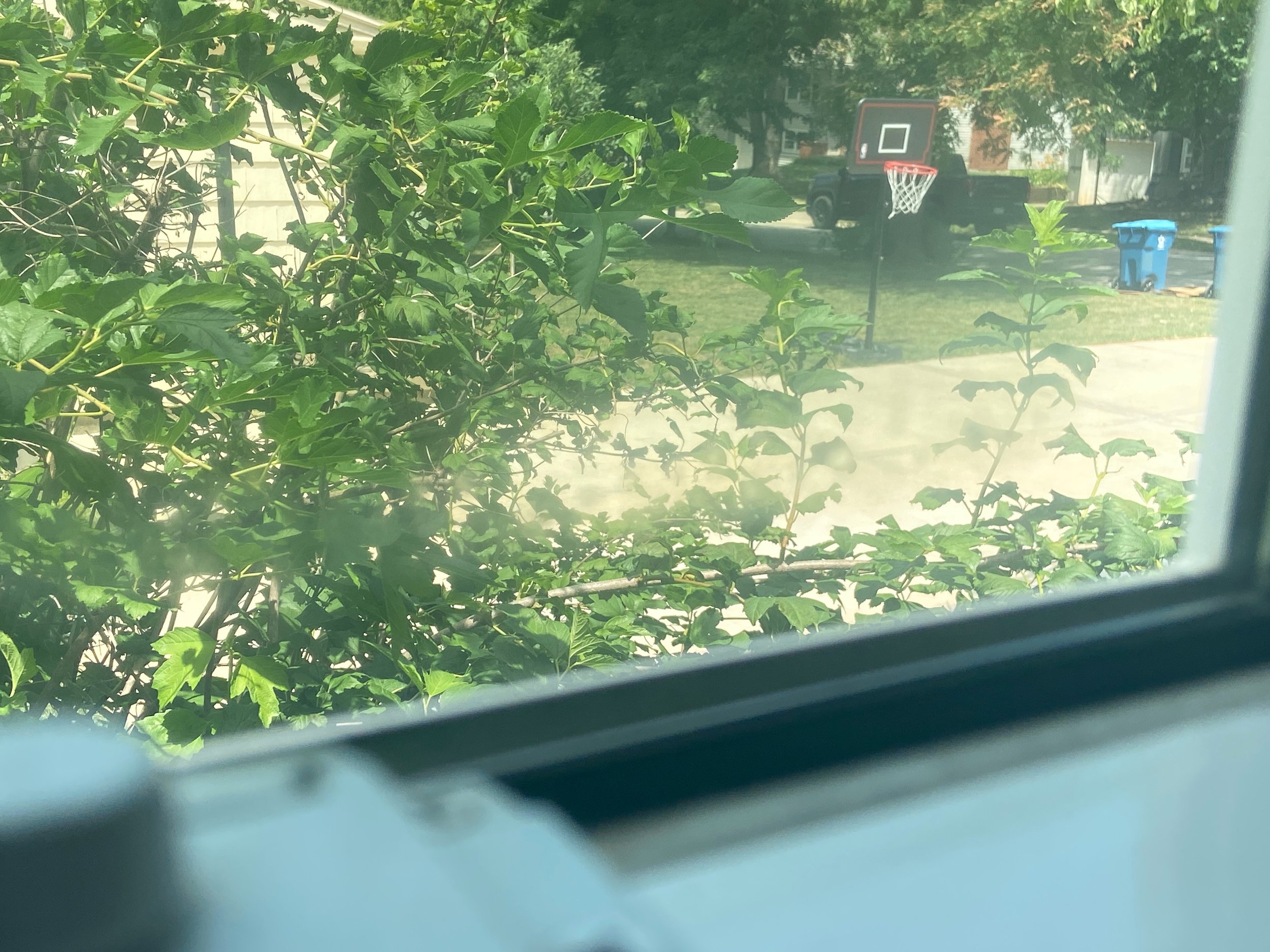Condensation on Double-Pane Windows
/You’ve gotten your inspection report and your inspector has pointed out broken window panes or staining between the window panes. What does that mean exactly? Should I be concerned?
Let's first talk about the construction of your windows. Double-pane insulated glass (IG) windows are two hermetically sealed panes of glass that are separated by an aluminum or stainless steel spacer that contains silica beads. These silica beads act as desiccants and absorb moisture. Sealants like silicone or polyisobutylene are used to enclose the panes around this spacer. Some manufacturers combine the two sealants to form primary and secondary seals that help the sealed unit last longer.
When sunlight shines on a window, the air between the panes expands and the air pressure between them rises. As the window cools at night, the air pressure between the panes decreases. Pressure will build up on the seals if the air pressure between the panes is higher or lower than the ambient air pressure (air pressure outside the panes). Low pressure at night will attempt to draw air into this space while high pressure during the day will attempt to push air out from between the panes. Thermocycling or thermopumping are the terms used to describe this.
Seals must maintain any inert gas installed between the panes as well as withstand thermal cycling, UV radiation, moisture ingress, and thermal cycling. Seals will start to slowly leak and as the windows get older the leaks ultimately get bigger. A increasing amount of air will be drawn into the area between panes once leaks have formed. Once leaks have developed and grown, increasing amounts of air will be pulled into the space between panes. The silica desiccant beads will take in the moisture vapor that is carried by this air. This keeps the sides of the panes that are facing each other from condensing.
Over time, the silica beads will become saturated and will no longer be able to absorb moisture. When this happens, under direct sunlight, condensation will develop on the sides of the panes facing each other. Initially, this condensation will only be noticeable when the window is exposed to direct sunlight. Permanent stains will form on the glass as leaks worsen and moisture keeps getting in between the panes; these stains will be apparent even when the window is in the shade. The glass will eventually develop permanent etching over time.
How do I repair windows with failed seals?
While there are still companies that offer to repair failed seals by various means, I recommend a qualified contractor or window manufacturer to discuss options and costs for repair or replacement. With newer vinyl style windows, full replacement is more common.



